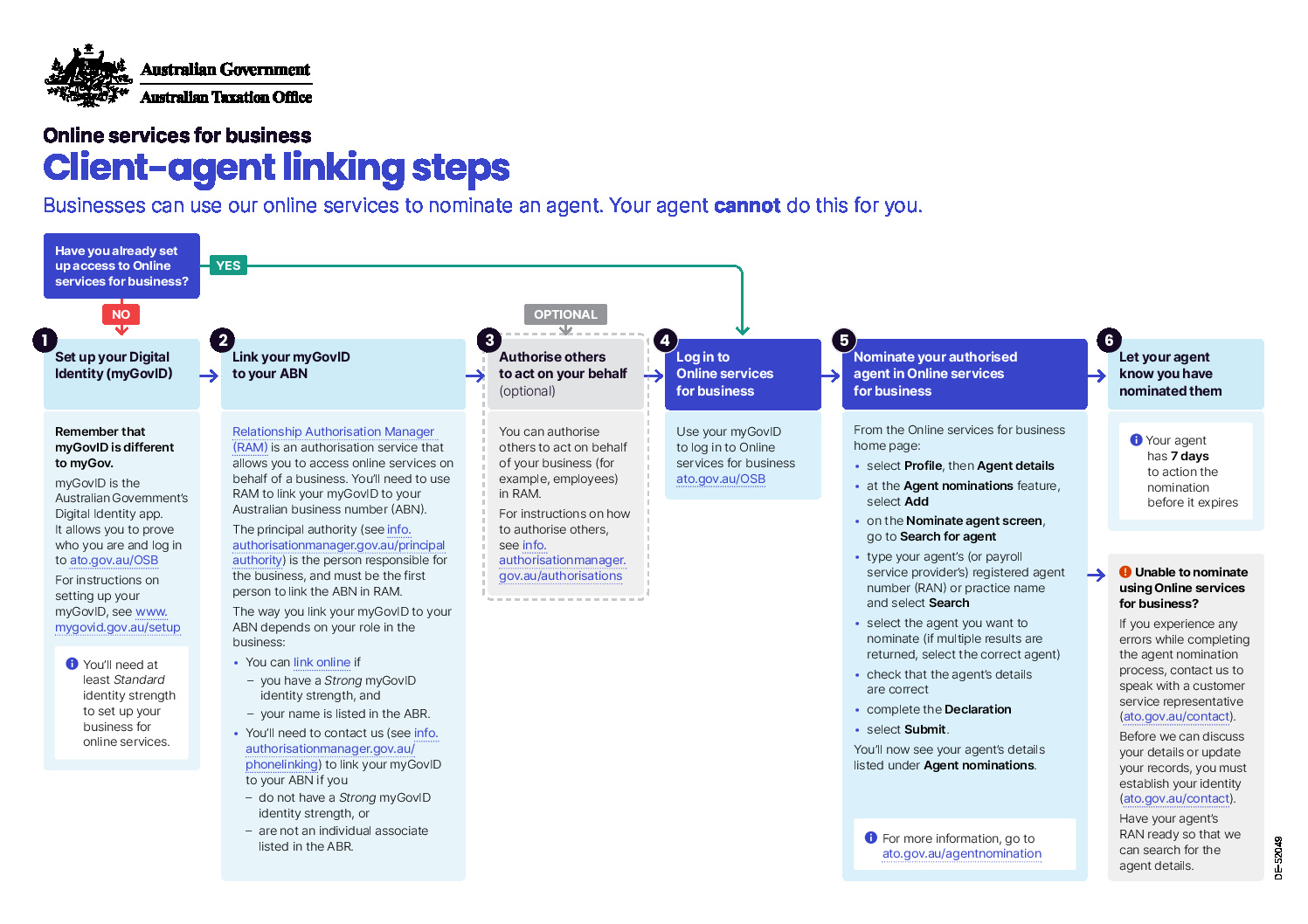For many, the New Year is a chance to make resolutions and goals. Are you perhaps one of those people that make a resolution each year to improve the financial viability of your business, but you’re not quite sure where to start?
We have compiled a list of key tips in order to assist you in analysing your business spending and improve the viability of your business in 10 minutes.
Keep your bookkeeping up to date
Keeping your bookkeeping up to date is one of the most important things you could do within your business.
On a regular basis, be it once a week or more regularly if required, allot time to enter in your transactions. Many accounting packages now have bank feeds that make keeping your accounting up to date easy.
Once you have your accounting system up to date, you will be able to produce meaningful reports.
Here are some tips on what reports you should be running and how to analyse these reports.
Balance Sheet
Each month run a Balance Sheet report from your accounting package. This report details your assets, liabilities and equity over a period of time. The main reason you will be running this report will be to ensure that everything is coded correctly.
1. Bank and Loan Accounts
It is important to ensure that your bank and loan accounts balance to your statements each month. Even if you have bank feeds this is an important check as sometimes bank feeds drop out.
Bank Statement balance doesn’t match to your Balance Sheet?
Run a bank reconciliation report. This report will show if you have any outstanding receivables or payables. If you have bank feeds, these may have dropped out so some transactions may be missing.
2. Suspense and clearing accounts
Ensure that there are no balances in the suspense and clearing accounts, if there are, drill down and review the items coded to these accounts, and recode as necessary.
Aged Receivables and Aged Payables Reports
Your Aged Receivables and Aged Payables reports detail the money that you currently are owed by your customers and the money that you owe your suppliers. It is very beneficial to you and your business to regularly review these reports.
1. Aged Receivables Report
• Have all the invoices been entered?
• Do you need to chase up any customers who are running behind on their payments?
2. Aged Payables Report
• Have all the invoices been entered?
• Are you running behind on your bills? Can you make any payment arrangements?
Profit and Loss
Lastly, once you have reviewed the above reports, you will want to analyse your Profit and Loss. This will be the most important report to review. This report details your income and expenses over a period of time. We recommend that this report is run with comparatives. Most businesses run monthly, quarterly, bi-annual or annual reports. We would recommend that you run these reports as frequently as required, however, run whichever reports make the most sense for your business.
1. General Expenses
If you have any expenses coded to the general expense code in your file, drill down and review the transactions. Are any of these transactions better placed in a different allocation, i.e. printing and stationery?
2. Patterns in your expenses
Look for patterns in your expenses. If your rental income is the same each month and there is a variance in a month, review the expense and see why.
3. The right questions to ask yourself when reviewing your profit and loss.
• Is this expense necessary?
• Do my suppliers offer any discounts that we are missing out on?
Don’t forget that we are always here to assist. If you are unsure or would like someone from our office to assist you, please contact us. We love to hear from you, and help wherever we can.
















